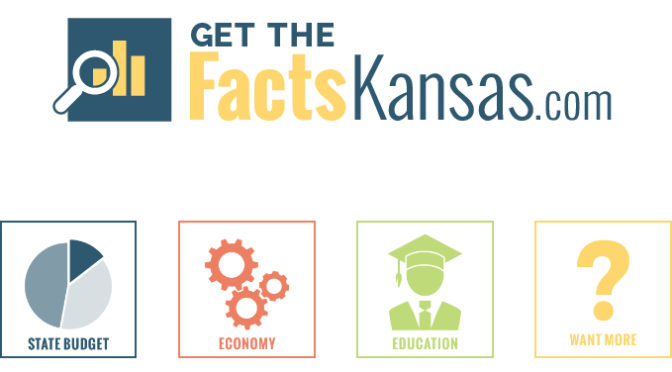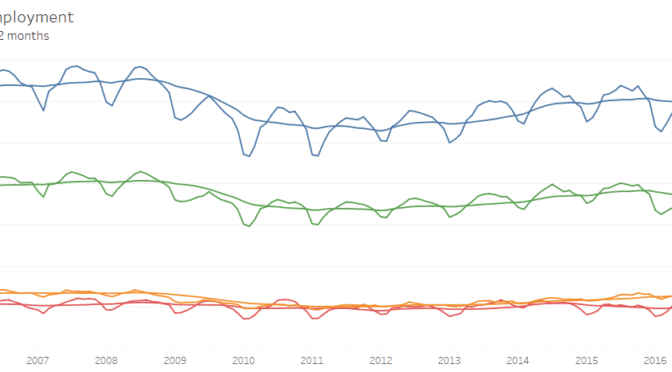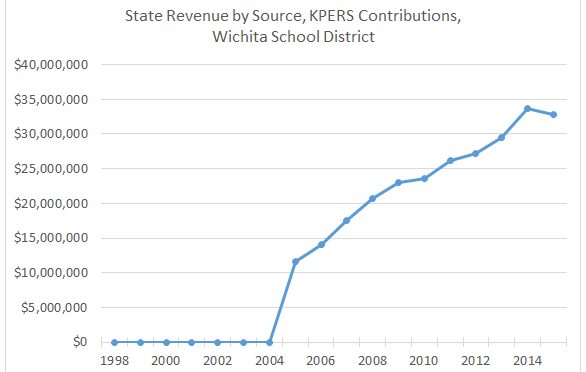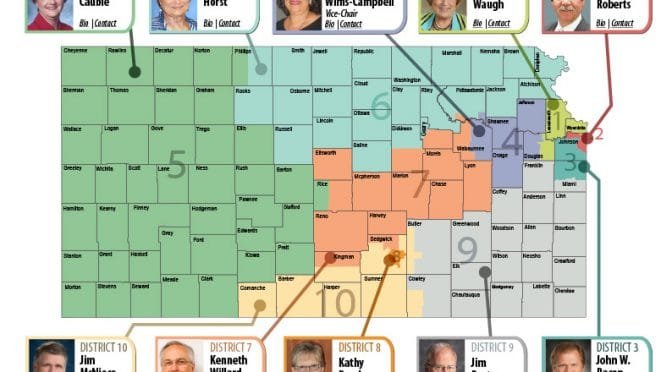Tag: Kansas Policy Institute
-

Decoding the Kansas teachers union
Decoding and deconstructing communications from KNEA, the Kansas teachers union, lets us discover the true purpose of the union.
-

Decoding Duane Goossen
The writing of Duane Goossen, a former Kansas budget director, requires decoding and explanation. This time, his vehicle is “Rise Up, Kansas.”
-

Topeka Capital-Journal falls for a story
The editorial boards of two large Kansas newspapers have shown how little effort goes into forming the opinions they foist upon our state.
-

VIDEO: KPERS payments and Kansas schools
There is a claim that a recent change in the handling of KPERS payments falsely inflates school spending. The Kansas State Department of Education says otherwise.
-

GetTheFactsKansas launched
From Kansas Policy Institute and the Kansas Chamber of Commerce, a new website with facts about the Kansas budget, economy, and schools.
-

Kansas construction employment
Tip to the Wichita Eagle editorial board: When a lobbying group feeds you statistics, try to learn what they really mean.
-

Kansas City Star as critic, or apologist
An editorial in the Kansas City Star criticizes a Kansas free-market think tank.
-

Regulation in Wichita, a ‘labyrinth of city processes’
Wichita offers special regulatory treatment for special circumstances, widening the gulf between the haves and have-nots.
-

KPERS payments and Kansas schools
There is a claim that a recent change in the handling of KPERS payments falsely inflates school spending. The Kansas State Department of Education says otherwise.
-

Kansas state school board member should practice what he preaches
A Kansas State School Board member urges political leaders to “tell the whole story” but doesn’t practice what he preaches, writes Dave Trabert of Kansas Policy Institute..
-

Kansas Center for Economic Growth
Kansas Center for Economic Growth, often cited as an authority by Kansas news media and politicians, is not the independent and unbiased source it claims to be.
-
Kansas public education factbook
In debates over school funding and performance in Kansas, facts are often in short supply. Here is a compilation.